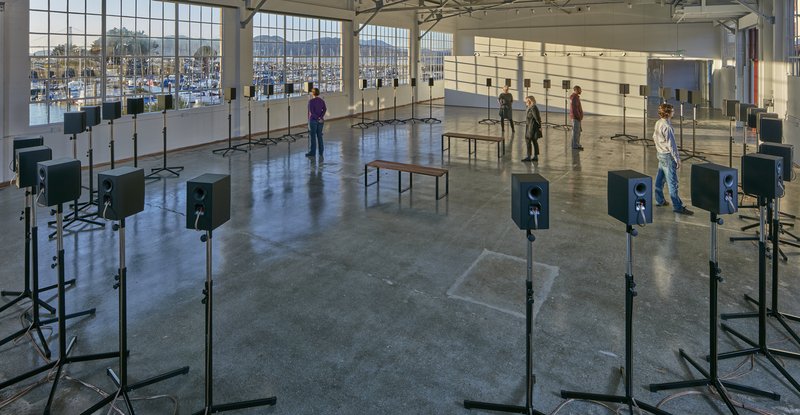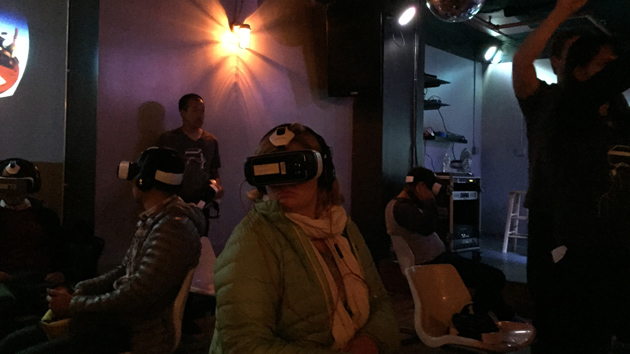- Details
- Written by Greuel
- Category: Articles
Janet Cardiff's The Forty Part Motet, a rendering of Thomas Tallis' Renaissance masterpiece Spem in alium ("Hope in any other") c. 1570 is nothing short of phenomenal. This polyphonic choral work is of an early music form known as a "motet", in which varied voices play against one another to create a rich tapestric whole. In this case we have a forty part composition, made up of eight separate five-voice choirs. A beautiful work to behold in its own right, it is further enhanced in Cardiff's separation and spatialization of the voices.

- Details
- Written by Greuel
- Category: Articles
The recently concluded North American tour of the VR Film Festival, organized by artist agency Kaleidoscope, showcased a large number of creative works of virtual reality. But it also demonstrated that there are many different facets to this relatively "new" medium.

Purists from the earlier wave of VR (1980s-90s) may hold firm to the classic definition of virtual reality as an immersive, navigable, and interactive 3D world. However, the current wave has a new flavor, commonly known as Cinematic 360 (or 360 for short). Essentially this is a spherical video that is projected in virtual space around the viewer to create the illusion of being in a specific location. Think QuickTimeVR with a head-mounted display. The result can be quite effective, with the trade-off being that 360 viewers cannot freely navigate the scene nor can they interact with it. Blasphemy for some, but artistically, it's really just another choice in medium.
Page 1 of 2

